Donate Surplus Food
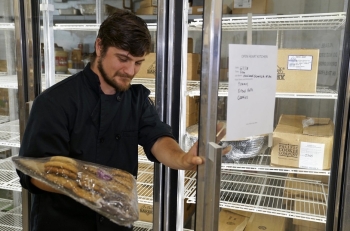
Under California State law SB 1383 commercial edible food generators must recover surplus edible food that would otherwise be disposed of and donate it to nourish people. Food recovery rules were phased in for certain sites starting January 1, 2022, and went into effect for all remaining sites covered by the law on January 1, 2024.
- Overview of the food recovery rules
- Who is covered under the law?
- Resources for setting up a surplus food donation program
- Request assistance
Are you a food recovery organization or service provider? Click here to learn more.
Overview
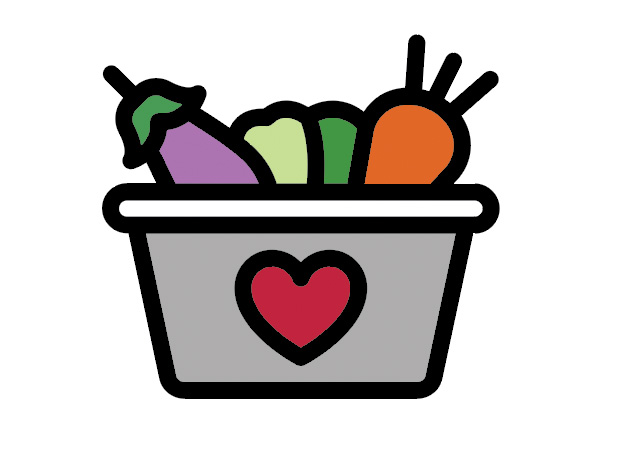 Much of the food currently thrown away in California is perfectly good to eat and could nourish communities instead of going to waste. Surplus edible food includes food not sold because of appearance, age, freshness, grade, or surplus. Setting up systems to make this high-quality food available for people to eat cuts greenhouse gas emissions and helps alleviate food insecurity in our communities.
Much of the food currently thrown away in California is perfectly good to eat and could nourish communities instead of going to waste. Surplus edible food includes food not sold because of appearance, age, freshness, grade, or surplus. Setting up systems to make this high-quality food available for people to eat cuts greenhouse gas emissions and helps alleviate food insecurity in our communities.
Under the law, food generating sites must:
- Have written agreements with food recovery organizations or services to pick up or receive surplus edible food.
- Save the maximum amount of surplus edible food that would otherwise be discarded, and donate it to food recovery organizations or services, and/or staff.
- Maintain monthly records of type, frequency, and pounds of food donated to food recovery organizations/services or distributed to staff.
Download a printable flyer of the food recovery rules
Sites covered by the law
The food recovery rules affect only larger commercial food generators, grouped into two categories. Requirements for “Tier 1” entities were phased in starting January 1, 2022, and expanded to include “Tier 2” entities starting January 1, 2024.
Tier 1 food generators (requirements effective January 1, 2022):
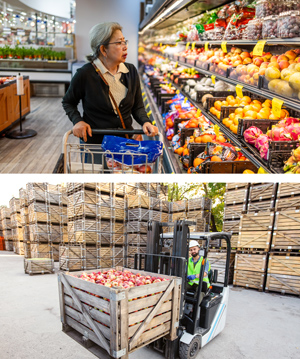
- Large supermarkets ($2M+ gross annual sales and sells a line of dry grocery, canned goods, or nonfood items and some perishable items)
- Grocery stores (10,000+ sq. ft.)
- Food service providers (entities primarily engaged in providing food services to institutional, governmental, commercial, or industrial locations of others based on contractual arrangements with these types of organizations)
- Food distributors (companies that distribute food to entities including, but not limited to, supermarkets and grocery stores)
- Wholesale food vendors (establishments engaged in the merchant wholesale distribution of food, where food (including fruits and vegetables) is received, shipped, stored, and prepared for distribution to a retailer, warehouse, distributor, or other destination.
Tier 2 food generators (requirements effective January 1, 2024):

- Restaurants (5,000+ sq. ft. or 250+ seats)
- Large health care facilities (with an on-site food facility and 100+ beds)
- Large hotels (with an on-site food facility and 200+ rooms)
- State agency facilities (with an on-site food facility with 250+ seats or 5,000+ sq. ft.)
- Public schools (with an on-site food facility)
- Large venues & special events (2,000+ people/day)
Resources
Food Donation Guides:
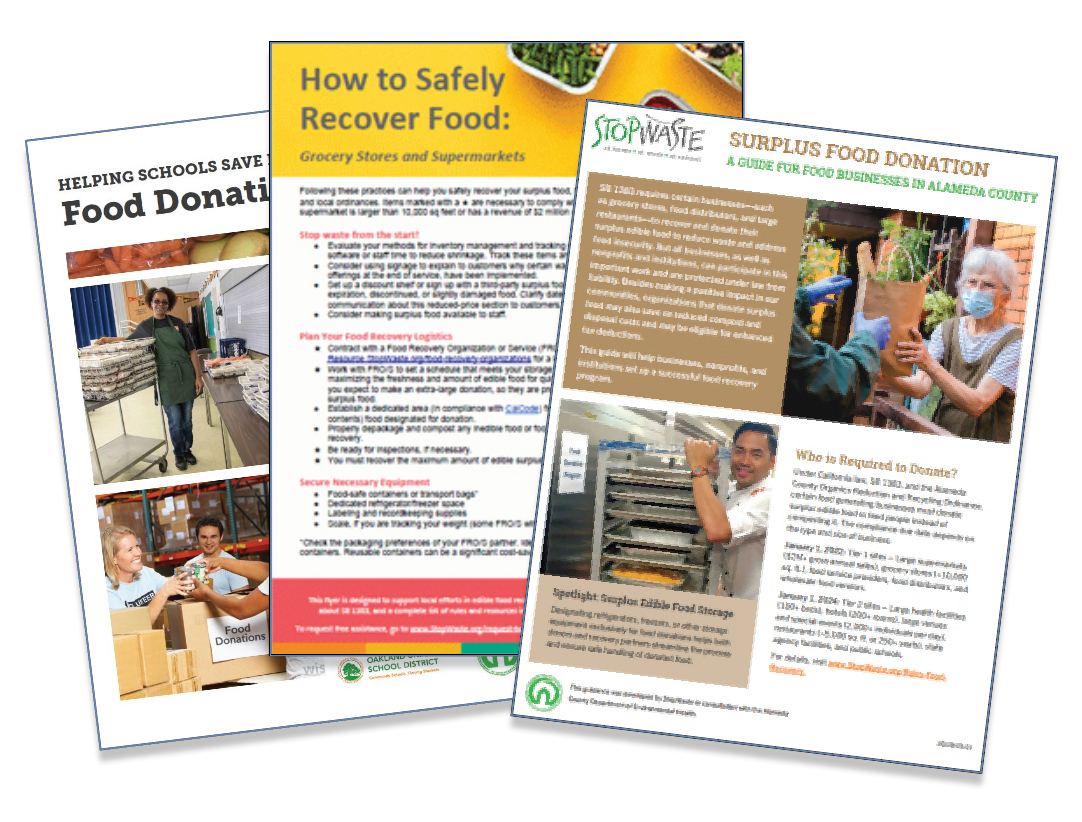
- Food donation guide for businesses
- Food donation guides for schools: Getting Started | Before Holiday Breaks
- Food donation guides for specific industries
- Donation Guidance from the Alameda County Community Food Bank
Tools to set up a surplus food donation program:
- List of food recovery organizations and services in Alameda County
- Template: Food recovery service agreement/contract
- Template: Commercial edible food generator recordkeeping document
Additional Resources:
- Printable flyer of the food recovery rules
- Webinar: “How to Donate Surplus Food & Comply with the Law” (2022) with Q&A
- State of California (CalRecycle) food recovery webpage
- For Food Recovery Organizations and Services: Requirements & Resources
- List of 3rd party food waste prevention services
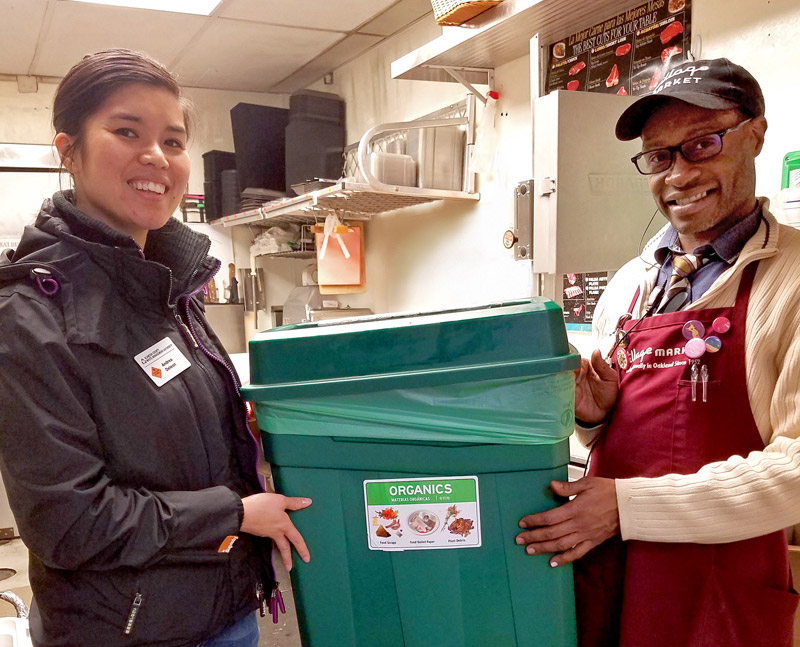
Free Personalized Help
Complete this form to get free phone, email, virtual, or in-person support to set up a surplus edible food donation program in accordance with the law.
We can help:
- Assess your surplus edible food
- Find a food recovery partner and enter into a written agreement
- Set up processes and train staff
- Guidance with record keeping
Enforcement
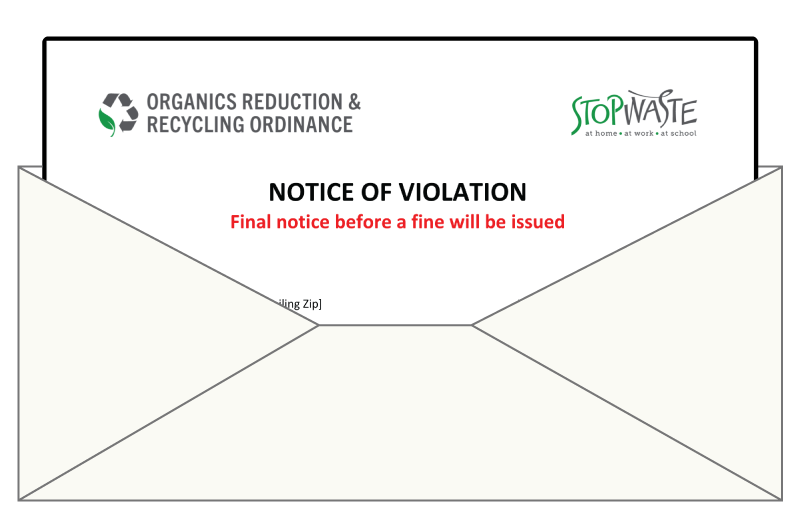 Surplus food donation inspections are being conducted unannounced by the Alameda County Department of Environmental Health or by a partnering enforcement agency effective January 1, 2024. During an inspection you will be asked to show a copy of your written agreement(s) with food recovery organizations or services and your monthly records of food donations.
Surplus food donation inspections are being conducted unannounced by the Alameda County Department of Environmental Health or by a partnering enforcement agency effective January 1, 2024. During an inspection you will be asked to show a copy of your written agreement(s) with food recovery organizations or services and your monthly records of food donations.
Citations and fines up to $500 are being issued for non-compliance.
How are fines assessed?
If a site fails to comply with the edible food donation requirements, a warning (Notice of Violation) will be issued. If the site still fails to comply 60 days after the warning was issued, a fine will be assessed for each requirement that is violated. Fine amounts are assessed at two levels, depending on the food generator type (Tier 1 or Tier 2 generator) and will increase with subsequent violations. Fine amounts do not reset. See the table below for more details.
|
Violations |
Food Generator Type (Tier) |
1st Violation |
2nd Violation |
3rd and Subsequent Violations |
|
Tier 1 Commercial Edible Food Generator |
$100 |
$200 |
$500 |
|
Tier 2 Commercial Edible Food Generator |
$50 |
$100 |
$250 |
To report a site not in compliance with this law, click here.


